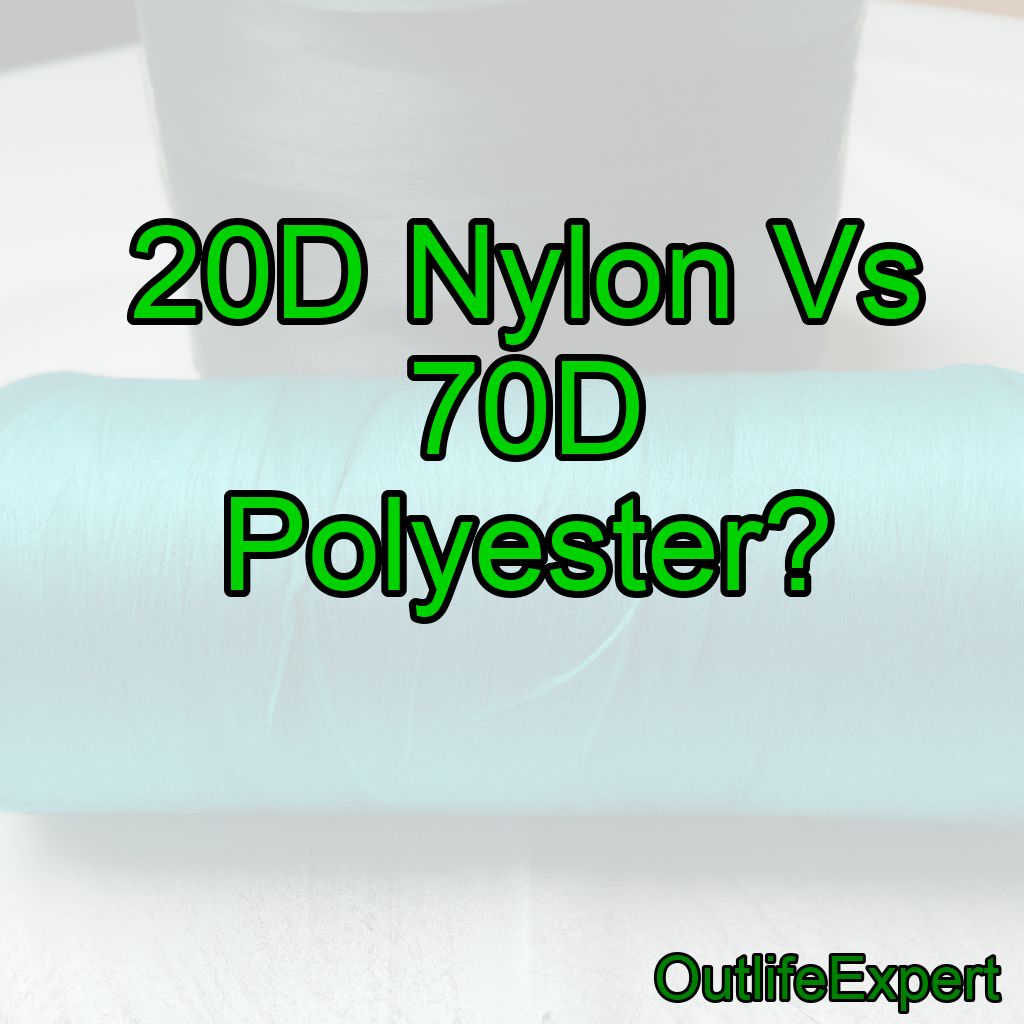In the world of insects, crickets are well-known for their chirping sounds and their presence in various ecosystems. But are crickets decomposers?The short answer is no, crickets are not decomposers.They are, in fact, consumers, feeding on a variety of plant materials, small insects, and other organic matter. In this blog post, we will dive deeper into the role of crickets in the ecosystem, what they eat, and how they contribute to the natural process of decomposition.
Contents
What are Decomposers?
Definition and Role in Ecosystems
Decomposers are organisms that break down dead organic material into simpler compounds, returning nutrients to the soil and contributing to the natural recycling of elements. They play a vital role in maintaining the balance of nutrients in ecosystems by decomposing the remains of plants and animals.
Examples of Decomposers
Some common examples of decomposers include bacteria, fungi, and certain insects, such as beetles and ants. These organisms secrete enzymes that help break down complex organic molecules into simpler substances that can be used by plants and other organisms.
Crickets as Consumers
Feeding Habits of Crickets
Crickets are omnivores, meaning they consume both plant and animal material. Their diet mainly consists of plant matter, including leaves, fruits, and flowers. They also feed on small insects, such as aphids, and occasionally scavenge on dead insects and animal remains.
Types of Crickets and Their Diets
There are several types of crickets, each with slightly different feeding habits. For example, house crickets (Acheta domesticus) are known to eat a wide variety of plant and animal materials, while field crickets (Gryllus spp.) primarily feed on plant matter and other insects. Some cricket species, like mole crickets (Gryllotalpa spp.), are primarily herbivores, feeding on roots, tubers, and other underground plant parts.
Crickets and Decomposition
Indirect Contribution to Decomposition
While crickets are not decomposers themselves, they do play a role in the decomposition process by indirectly helping to break down organic matter. As crickets consume plant materials and dead insects, they help to fragment and break down these materials, making them more accessible to decomposers like bacteria and fungi. Additionally, cricket feces, known as frass, can serve as a nutrient source for decomposers and plants.
Predators and Prey
Crickets are an important part of the food chain, serving as both predators and prey. They help control populations of small insects and other arthropods, while also providing a food source for larger predators such as birds, reptiles, and mammals. This cycle of predation and consumption contributes to the overall health and balance of ecosystems.
Benefits of Crickets in the Environment
Pest Control
Crickets are natural predators of many pest insects, including aphids, caterpillars, and other small invertebrates. By consuming these pests, crickets help to reduce the need for chemical pesticides and promote overall ecosystem health.
Soil Aeration
Mole crickets, in particular, are known for their burrowing habits, which can help to aerate the soil and improve its structure. This increased aeration allows for better water infiltration and root growth, benefiting both plants and other soil-dwelling organisms.
Crickets as a Sustainable Protein Source
Nutritional Value
Crickets are rich in protein, vitamins, and minerals, making them an excellent alternative protein source for humans and animals. They have a high feed conversion rate, meaning they efficiently convert feed into body mass, making them an eco-friendly and sustainable option for producing animal protein.
Environmental Impact
Crickets require significantly less water, land, and feed than traditional livestock, such as cows and pigs. They also produce fewer greenhouse gas emissions, making them an environmentally friendly option for protein production.
Conclusion: Crickets are not Decomposers, but They Play a Vital Role in Ecosystems
In conclusion, crickets are not decomposers, but they serve important functions in ecosystems as consumers, predators, and prey. Here are 10 facts about crickets and their role in the environment:
1.Crickets are not decomposers;they are consumers that feed on plant materials, small insects, and other organic matter.
2. Decomposers, such as bacteria, fungi, and certain insects, break down dead organic material into simpler compounds and return nutrients to the soil.
3. Crickets areomnivores, with different species having varying diets.
4. Crickets indirectly contribute to thedecomposition processby breaking down organic matter and producing feces that serve as a nutrient source for decomposers and plants.
5. Crickets serve as bothpredators and preyin the food chain, helping to maintain balance in ecosystems.
6. Crickets provide naturalpest controlby consuming pest insects.
7. Mole crickets help toaerate the soil, improving soil structure and promoting plant growth.
8. Crickets are asustainable and eco-friendly protein sourcefor humans and animals due to their high feed conversion rate and low environmental impact.
9. Crickets require less water, land, and feed than traditional livestock, and they produce fewer greenhouse gas emissions.
10. The consumption of crickets as a protein source can help promoteenvironmental sustainabilityand reduce our reliance on resource-intensive livestock production.





